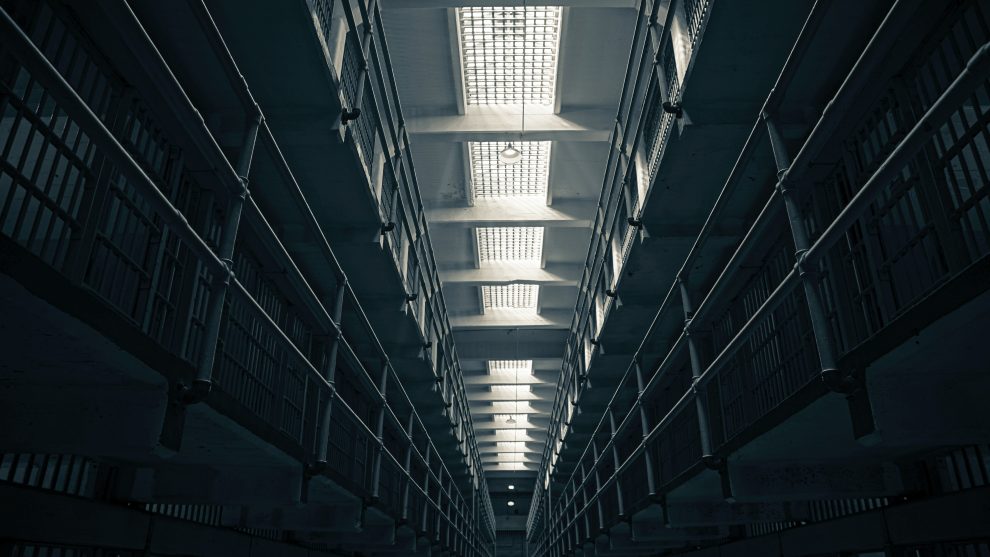With a common commitment, Catholics could make the death penalty a thing of the past.
The first time I felt certain of my opposition to the death penalty was, oddly enough, after the execution of a man I knew to be guilty, a mass murderer who had admitted his crime and shown no remorse: Timothy McVeigh, the Oklahoma City bomber who killed 168 people on a spring afternoon in 1995.
McVeigh had not sought any appeal of his sentence, and few shed any tears for him. I was certain, however, that by agreeing to his execution we had put a man in serious danger of hell. I could not see how a person in his moral condition—a remorseless killer of innocents—was in any way prepared to accept God’s certain offer of mercy.
It is an unusual argument against the death penalty, perhaps not one that would win many over in the political realm, though there have been victories there. Within the past year Illinois joined 15 other states and the District of Columbia in abolishing its death penalty; the governor of Oregon in November extended a moratorium on any further executions in that state.
Illinois Gov. Patrick Quinn and Oregon Gov. John Kitzhaber each cited the broken system of capital punishment for their decisions, especially the possibility of executing an innocent person, along with the shockingly high rate of erroneous convictions and prosecutorial misconduct in capital cases. Activists also point out that people of color, the poor, and the mentally ill and disabled are overrepresented on death row.
All of these are good political and even moral reasons for abolishing the state-sponsored murder of its citizens, but we Catholics should be pushing for the end of the death penalty for another reason, too: While it is indeed a moral obscenity to strap down and murder a defenseless human being—even a guilty one—it is no less unjust to deprive both the guilty party and his or her survivors of the possibility of reconciliation and redemption.
Indeed, even in the face of inconceivable violence, God offers hope. For the perpetrator, that means the chance for repentance and conversion; for the survivors, it means the possibility of understanding, healing, maybe even forgiveness. Who are human beings to stand in the way of such salvation?
Some Catholics may object that church teaching still permits capital punishment in rare cases, or that other life issues—especially those concerning innocent, unborn human beings—should take precedence in our political efforts against the so-called “culture of death.” But how much more prophetic would our defense of life be if we insisted that a mass murderer’s crime makes him or her no less valuable in the eyes of God and used our political power on that murderer’s behalf?
The effort to eliminate the death penalty is a cause that every American Catholic should get behind. Pope Benedict XVI in December commended the Rome-based Community of Sant’Egidio for its efforts in opposing capital punishment. In doing so he echoed his second-century predecessor Clement of Rome, who wrote that “to witness a man’s execution, regardless of the justice of his prosecution, is forbidden by the moral law of Christ, for to assist at the killing of a man is almost the same as killing him.”
American bishops have spoken out against captial punishment since 1974. “Those of us who respect the dignity of human life from conception to natural death applaud this decision,” Portland, Oregon Archbishop John G. Vlazny said of Kitzhaber’s action.
As we Christians prepare to follow Christ into the desert of Lent, it is worth remembering that the journey ends with his torture and murder by the Roman state. That death revealed a new depth of divine mercy that overcomes all human guilt. If our witness to Christ’s resurrection is to be consistent, we must oppose any obstacle to that reconciliation, including the murder of even the guiltiest of those made in God’s image and likeness.
This article appeared in the February 2012 issue of U.S. Catholic (Vol. 77, No. 2, page 8).
Image: Xiaoyi via Pexels














Add comment